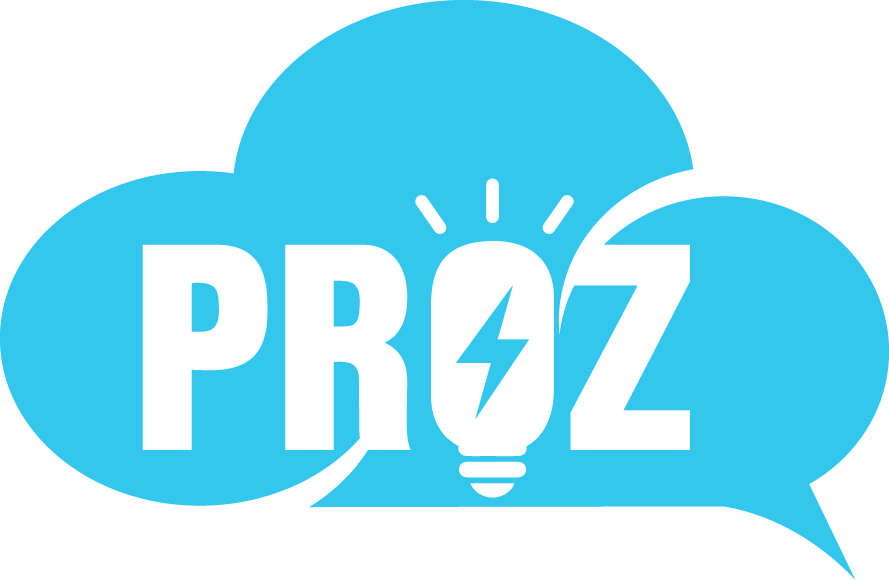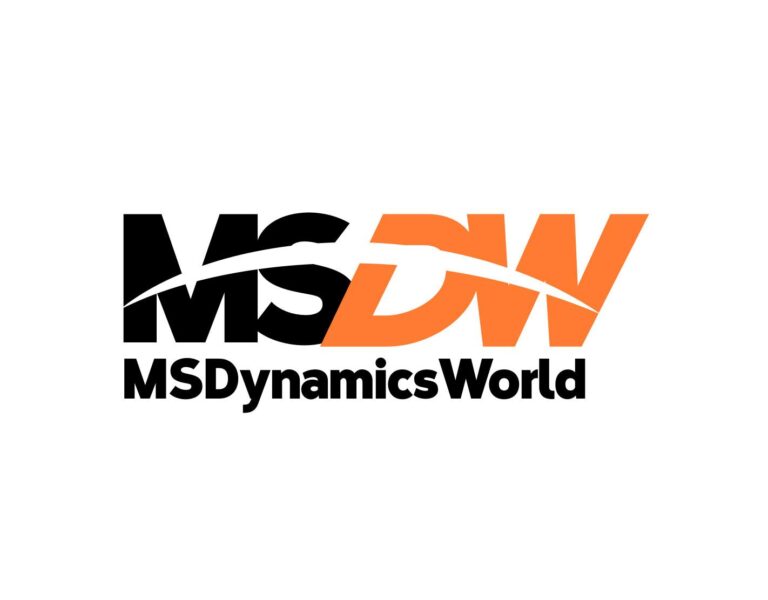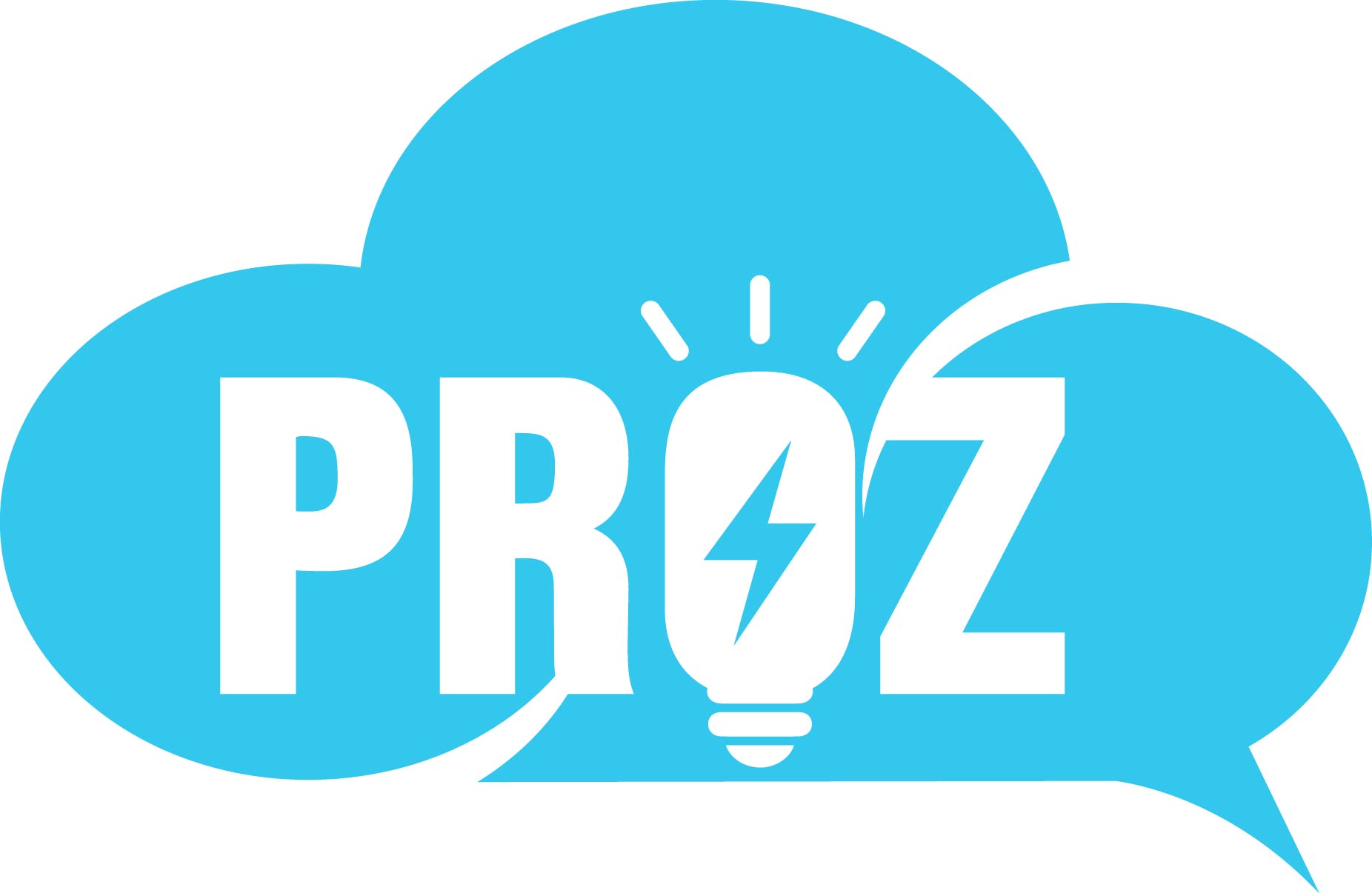As marketers, we know that personalization isn’t a “nice to have” anymore. It’s a must. But even with new technology tools that promise to help better personalize campaigns, marketers are struggling to get it right. According to Salesforce’s 9th State of Marketing report, only 32% of marketers are completely satisfied with how they use customer data to create relevant experiences. Do you feel the same way? Let’s dig into some marketing personalization tips so you can take your customer relationships to the next level.
First, let’s start with a little background. Marketers have more access to customer data than ever before. A decade ago, we only relied on marketing data, sales data, and service data. All of this could be stored within your CRM. Over the past five years, the number of data sources has increased significantly. Now, marketers must use digital advertising data, ERP data, transactional data, and accounting data, just to name a few.
This increase is a good thing because marketers now have an opportunity to better understand customers on a more detailed level. The challenge is that this vast amount of information can be hard to unify, analyze, and activate for better personalization.
Why? For one, it’s hard to bring together data from so many different siloed sources. Without a single source of truth, it’s impossible to analyze and understand how to take action. Additionally, different teams across lines of business need to align and work together to create a connected, personalized customer journey, from the first touchpoint to a loyal, life-long customer.
So how do we get to the marketing personalization promised land? We recommend three steps:
- Get your data in order
- Use AI to segment with precision
- Use dynamic content blocks
The three steps to marketing personalization
1. Get your data in order
The first step is connecting all your disparate data together to get a unified view of your customer. Connecting your data will lead to better AI, because AI depends on a good data foundation. And good AI means better personalized content, as well as better insights and analytics to help you optimize in real time.
Take all of your data sources that have any information about your customer, and get them together into one operational customer profile. This is where Marketing Cloud Growth and Advanced Editions come in. These are the first editions of Marketing Cloud built entirely on the Salesforce platform. This means you can organize your data across teams, and get that strong data foundation needed to personalize outreach to customers. It also allows you to leverage tools that make personalization easier, like agents and predictive AI. This will give you a great foundation for success.
2. Use AI to segment with precision
Segmentation is the backbone of personalized experiences because it allows you to group customers by common attributes. Segmentation has always been difficult for marketers because it can be a time-consuming, manual process. Generative AI has changed the game, because it allows you to describe the segment you want to create using natural language prompts, and then it makes it for you.
You don’t have to train people up on SQL (which has a steep learning curve), or the marketing tool (which could take a lot of time to get trained on). It levels the playing field, so less technical marketers can pull segments, and even advanced marketers can save time.
Now let’s go a step further. AI and harmonized operational profiles make it possible to build more complex segments based on all of your data. Once you have all of your data in one place, you can use AI to pull any grouping of customers that you can think of. It can be as complex and as precise as you need it to be.
3. Use dynamic content blocks
Once you have your data in order, you can get more granular with how you personalize outreach. Two features in Marketing Cloud Growth and Advanced Editions can help you do this: Cross-Object Merge Fields and Dynamic Content.
With Cross-Object Merge Fields, marketers can create merge fields that pull from data related to the operational customer profile. So, instead of sending something general like “dear first name” you can also get details like which webinar they attended or a service case status.
Rule-Based Dynamic Content takes this same principle a step further and allows you to create complex rules to display text and images based on complex customer attributes. For example, you can add an image in an email for all customers living in, say, New Jersey who bought your product and attended a webinar. It’s a great way to go beyond just words with your personalization.
Both of these features are powered by data graphs, which help you define how the data relates to each other and opens the door to more complex permutations of content you can display.
How Marketing Cloud can help personalization
Marketing Cloud Growth and Advanced Editions are built on the Salesforce Platform, which means you can organize your data across teams and have the strong foundation needed to personalize outreach to customers. You also have access to generative and predictive AI features that make personalization better.
Marketing Cloud Account Engagement customers have access to these innovations. This includes features such as Path Experiment, segment creation, and Unified Conversations for SMS and WhatsApp. These help B2B marketers to better understand their customers, prospects, and accounts – and in turn deliver better personalized messaging.
Personalization is taking off, but it’s important to remember that we’re still in the early stages. It’s ok if you are early in the process – there’s time to catch up and succeed if you build the right foundation. We hope these marketing personalization tips help you on your journey.
See Growth Edition in action
Learn how Marketing Cloud Growth Edition can help your business connect with customers in new – and powerful – ways.












